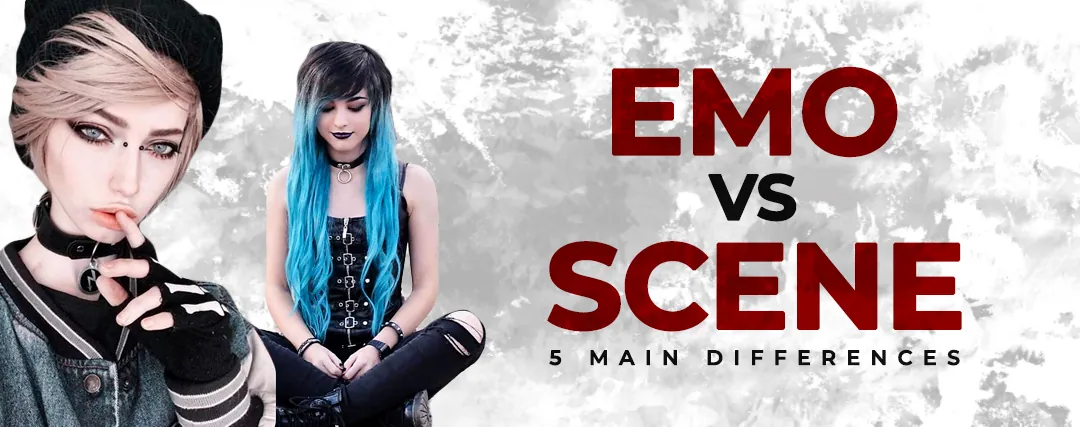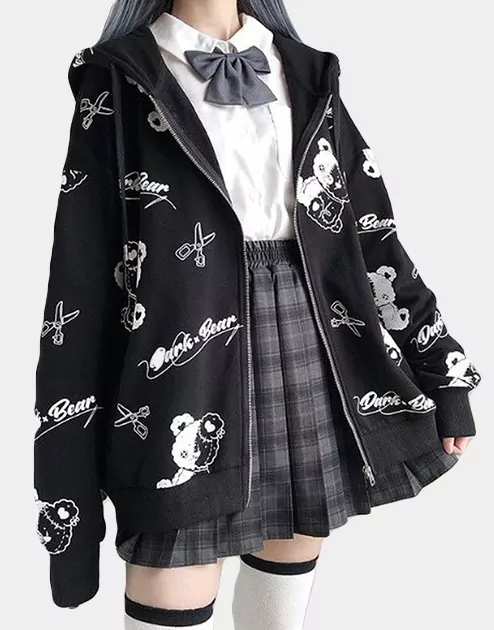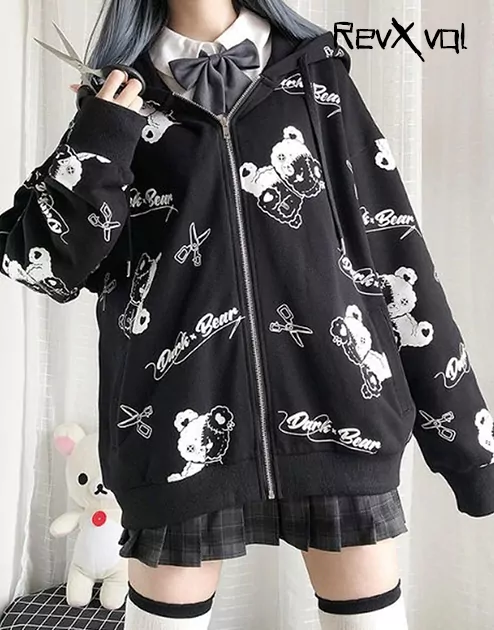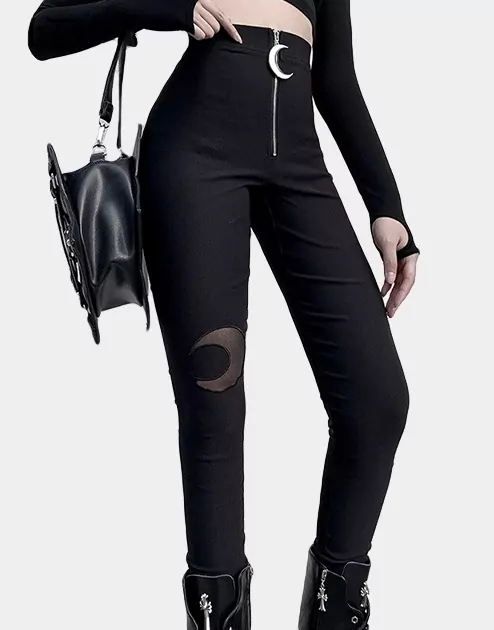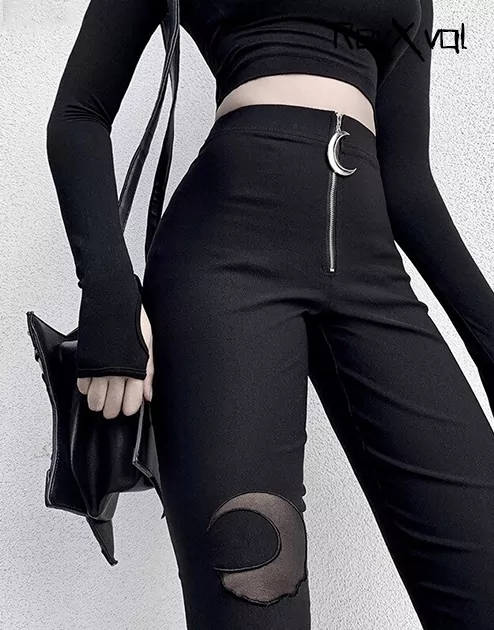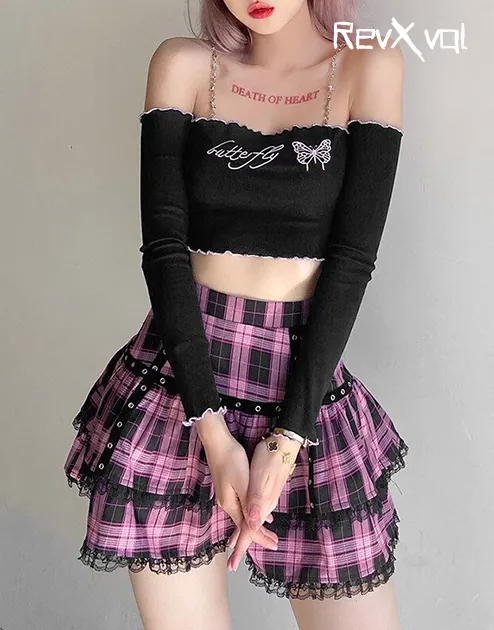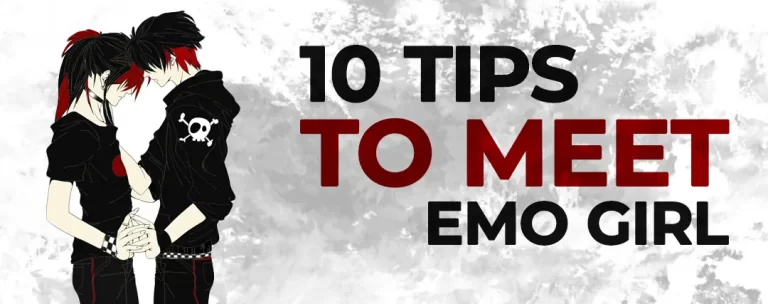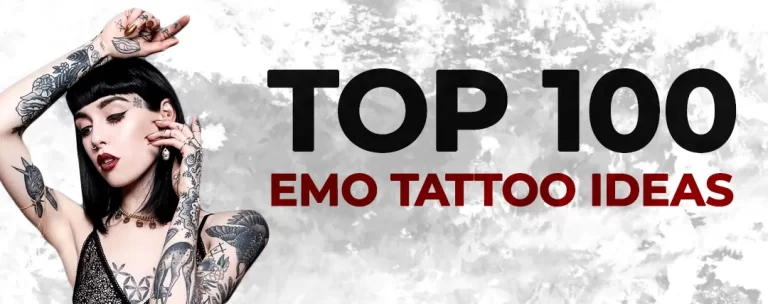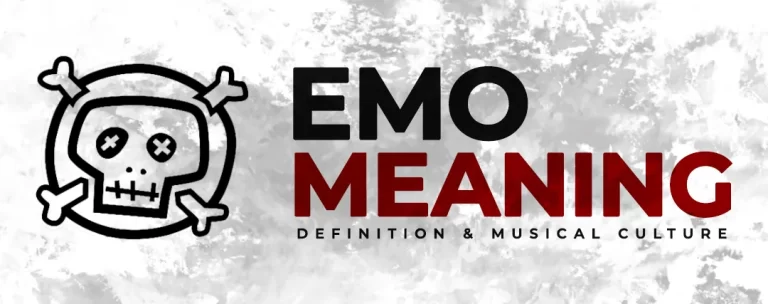Emo vs Scene – the 5 Main Differences
Emo culture and scene culture are closely related subcultures. They both revolve around specific styles and fashions. The two cultures are often confused because of their similar hairstyles and clothing choices. However, the two are different. You are dealing with two very distinct worlds through :
- Their clothing styles
- Their hairstyles
- Their accessories
- Their types of music
- Their lifestyles
A similar but different style of dress
You can tell the members of both cultures by the way they dress. However, the big difference is the colour of their clothes. The scene culture commonly uses bright colours, often neon or fluorescent, in their own way. In contrast, emo culture generally prefers the colour black in their dress code. Many of the clothing styles between the two cultures are similar. For this reason, some people refer to people from the scene culture as neon emos. The wearing of bright neon colours is common for scene fashion as it draws attention to the wearer.The extravagant and colourful style of the scenes is also reinforced by their anime-inspired outfits.
An example of a similar style of dress is hoodies. Emo culture hoodies are always black and often feature iconography related to the culture. These sweatshirts can be personalised with icons such as broken hearts, stars, skulls, ribs or a dark colour. Hoodies are also considered a fashion statement. They are usually paired with fluorescent jeans finished with gutters. In addition, hoodies with cartoon and animal prints are particularly popular for the scene culture. Scene fashion trends include wearing leggings, long socks and mismatched shirts with band logos. Some people also wear animal print shirts or tutus. The aim is to be noticed, quite the opposite of the emos.
Know the difference between hairstyles
The number one look in both cultures is based on a long fringe swept to the side of the head, covering one or both eyes.
The hairstyles of the members of the stage
The scene subculture has a penchant for neon colours that distinguishes it from the emo subculture, even in terms of hair. Although the hairstyles themselves can be somewhat similar. Hair extensions in bright colours or animal prints are common, especially among girls in the scene culture. Scene hairstyles often include cut, layered and curled hair, as well as extensions and headpieces.
The hairstyles of the emos
Emo haircuts are thin, smooth and flat, sometimes with sharp angles and asymmetry. It is common to have long hair in the front and short hair in the back. Scene hairstyles are a high-end version of the emo look, usually dyed in rainbow colours with neon shades and brushed for a bigger, more flowing look. Emo hair is usually dyed black, sometimes with coloured highlights added (mostly blonde or bleached blue), and is very straight.
Typical accessories for every crop
Black horn-rimmed glasses
The emo trend is related to the “nerd” style. Thick, black-rimmed glasses are a must-have accessory for both sexes, but especially for men. This nerd style trend is absent in the fashion of the scene culture. The popular eyewear choice for scene people are brightly coloured sunglasses and extra large frames, sometimes called party sunglasses or party glasses.
Piercings and tattoos
Both subcultures have members with piercings and tattoos. However, for the scene subculture the piercings and tattoos are worn on almost every part of the body. Generally, they even choose to add more drastic body modifications such as ear piercings (e.g. spreaders). Emo enthusiasts usually get tattoos instead of piercings. Sleeves, tattoos that cover the forearm to the wrist, are popular tattoos in the emo subculture. Star tattoos are also emo tattoos.
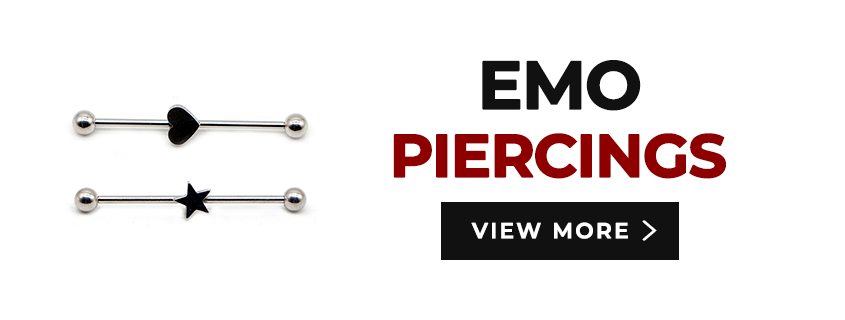
The characteristics of the music of emos and scenes
From the rhythm to the lyrics, the kind of music that members of the two subcultures listen to is very different.
Opposite music styles
The scene culture leans towards “party music”, which is danceable and often electronic. The music is more pop and creates a lot of background noise for socialising and having a good time. On the other hand, emo music is not suitable for dancing and is more rock oriented. The typical emo sound is dramatic in its emotional range and often has an extreme dynamic alternating between loud and soft. It tends to emphasise emotion rather than socialising and partying. Fast punk-derived drums and heavily distorted guitars are common elements of emo and scene sounds.
The importance of words for emos
Emo singing is intended to express dramatic emotions. Sometimes it can even involve screaming, moaning and shouting. Lyrically, emo musicians are introspective and focus on emotional themes such as sadness, confusion, love, anger and pain. Later, emo musicians developed a slightly softer, more traditional sound, but the lyrical content remained just as dark and contemplative. The live music does not particularly emphasise lyrical content and lacks the sober, reflective spirit that is characteristic of emo.
Opposing lifestyles
Scene culture attaches great importance to its online presence, especially via social media and networking platforms. Members of the scene culture have an above average number of friends and followers and often post highly stylized photos of themselves. The details of their lives are often shared through photos and status updates, sometimes in great detail. Emo culture, on the other hand, has a varying degree of presence on the networks. Although a presence on social networks is common, sharing is not excessive and friends and followers are usually acquired through musical connections or a shared interest in a particular group.
Stereotypes are often exaggerated, but people who identify as emo tend to be emotional, sensitive, shy, introverted, withdrawn and even fearful. This has its roots in emo music and often focuses on similar themes. Those who identify as more scene than emo are much more likely to see a smile on their face. Scene culture focuses on fashion and socialising and its members are generally more social and friendly than members of the emo culture.
Members of the emo subculture tend to express themselves through poetry, art and music. The stage culture is mainly communicated through fashion and its sense of style. In cultures, it focuses on visual communication and experimentation.

